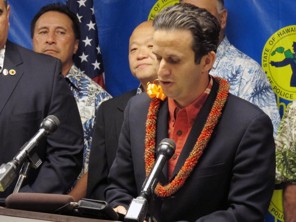More than 100 years after illegally overthrowing the Hawaiian Monarchy, DOI seeks to restore government-to-government relations with the Kingdom of Hawaii
By Andrew Gobin, Tulalip News
On Friday, August 1, the United States Department of the Interior held a consultation at the Tulalip Resort Casino to discuss whether or not they should restore government-to-government relations with the Kingdom of Hawaii, and what that might look like. The meeting is one of five consultations with tribal leaders, following 15 public meetings in Hawaii. Approximately 30 people attended the meeting, and of the Native Hawaiians in attendance, none of them support the proposed recognition of the Kingdom of Hawaii.
“Recognition is a slap in the face to Hawaiian people. I say no to recognition,” said Gabriel Makanani Reyes-Gomez, a Lahaina native now living in Seattle.
That sentiment seems to be the popular opinion of Native Hawaiians. The meetings in Hawaii were all ill received as well, rejecting what the DOI is proposing.
The suggested method of restoration of the government-to-government relations would follow the model most tribes operate under, which is a recognized sovereignty that allows for tribes to deal with the federal government on a nation to nation basis, holding them to their treaty obligations. For tribes who entered into treaties with the United States, that works. But for the Kingdom of Hawaii, there never was a treaty.
In 1898 the Hawaiian Islands were unlawfully annexed by the United States. Through a serious of more than 150 congressional acts and executive orders between then and the time Hawaii was granted statehood in 1959, the United States began asserting authority in the territory. Those acts also assumed a trust relationship with the Native Hawaiians. Unlike tribes, there is no treaty with the Hawaiians in which the federal government is obliged to trust responsibility. Some Native Hawaiians are upset that the tribes are even being consulted in this matter.
Hawaiian elder Herb Kai said, “It is our issue. With respect to the 200 plus U.S. tribes, it is not your issue, it is ours.”
The trust obligation to Hawaiians only exists in the way the United States has defined it.
“When I met with members of the Native Hawaiian community last year during my visit to the state, I learned first-hand about Hawaii’s unique history and the importance of the special trust relationship that exists between the Federal government and the Native Hawaiian community,” said Secretary of the Interior Sally Jewell. “Through this step, the Department is responding to requests from not only the Native Hawaiian community but also state and local leaders and interested parties who recognize that we need to begin a conversation of diverse voices to help determine the best path forward for honoring the trust relationship that Congress has created specifically to benefit Native Hawaiians.”
The issue, as viewed by the Native Hawaiian community, is not about a trust relationship, it is about reconciling the unlawful annexation of their country. Is recognition the way to do that? In 1993, Public Law 103-150, which is the formal apology for the act of war 100 years prior, acknowledged the coup as an interruption of Hawaiian self-determination. Based on the trust relationship built since that time, the apology also called for action by the United States in restoring Hawaiian self-determination. The proposed answer is recognition, though the tribal model shows that the United States maintains too much control. With no treaty, they then have the power to reinterpret that relationship at will.
Native Hawaiian Brad Slavey said, “I do not want the United States to dictate our self-determination. I do not want their assistance in defining how we govern ourselves.”
In 1893, the provisional government of Hawaii, backed by the United States military, overthrew the monarchy of the Kingdom of Hawaii. Up to that time, the Kingdom of Hawaii was an independent nation state with several constitution drafts. At the time of the last accepted draft in 1864, the Kingdom of Hawaii had longstanding international trade relations with England and the United States, mainly, as well as others. Under duress of gunpoint, the last queen, Liliuokolani, surrendered her authority to the provisional government. This illegal action was acknowledge by President Cleveland as an atrocity.
“The military occupation of Honolulu by the United States on the day mentioned was wholly without justification, either as an occupation by consent or as an occupation necessitated by dangers threatening American life and property,” reads Cleveland’s official report to the Committee of Foreign Relations. “It must be accounted for in some other way and on some other ground, and its real motive and purpose are neither obscure nor far to seek.”
In the surrender of her authority, Queen Liliuokalani wrote, “Now to avoid any collision of armed forces, and perhaps the loss of life, I do this under protest and impelled by said force yield my authority until such time as the Government of the United States shall, upon facts being presented to it, undo the action of its representatives and reinstate me in the authority which I claim as the Constitutional Sovereign of the Hawaiian Islands.”
Cleveland responded in kind, “Believing, therefore, that the United States could not, under the circumstances disclosed, annex the islands without justly incurring the imputation of acquiring them by unjustifiable methods, I shall not again submit the treaty of annexation to the Senate for its consideration.”
After Cleveland’s departure from office, the annexation was passed through Congress under the McKinley administration.
What then is the solution? Ideally, resolution would mean that the United States would have to relinquish its claim to the State of Hawaii, and restore the monarchy, which is unlikely. The United States offers recognition of Hawaiian sovereignty to strengthen the promises that they have made through numerous congressional acts. There is still a movement in Hawaii, however, that holds to the belief that as a sovereign, the Kingdom of Hawaii has the right to seek aid from other sovereigns, or the United Nations.
“There does need to be a dialogue,” added Slavey, “but are we in a dialogue with the right people?”
The taking of Hawaii for the United States was unjust, essentially an act of war on another nation. Now, more than 100 years, deciding how to undo that damage to Native Hawaiians will require concessions on both sides which no one wants to make.
“I do want the Kingdom of Hawaii acknowledged, but at what cost,” added Slavey.
Andrew Gobin is a staff reporter with the Tulalip News See-Yaht-Sub, a publication of the Tulalip Tribes Communications Department.
Email: agobin@tulalipnews.com
Phone: (360) 716.4188
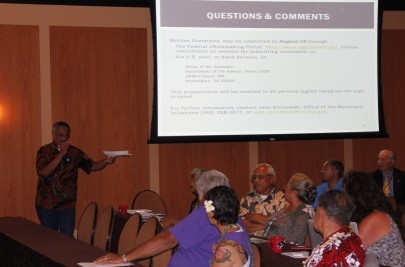

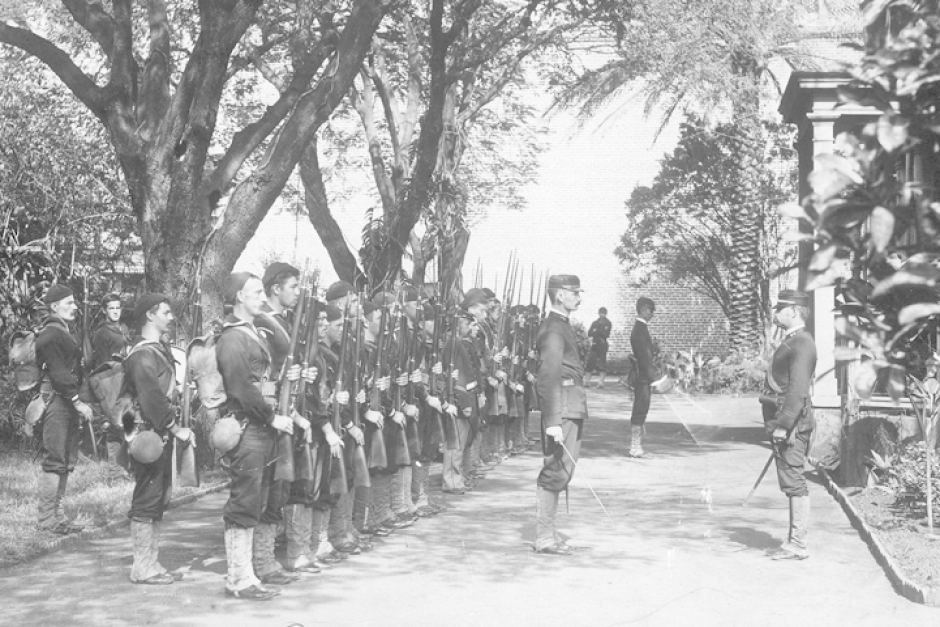

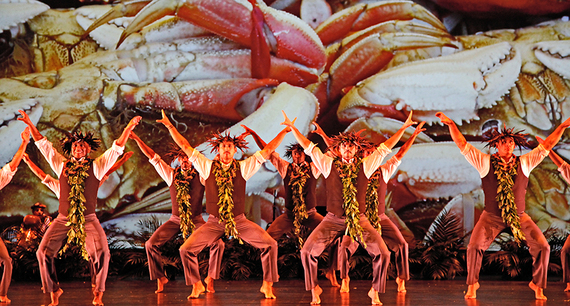
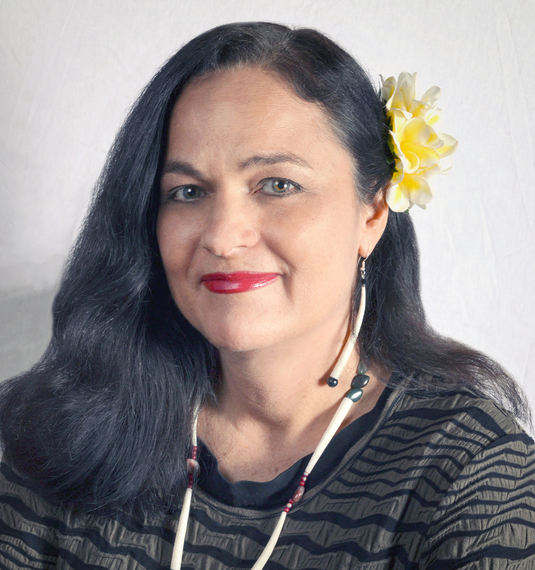 “Our grants go towards helping artists address issues such as cultural equity, land and water rights, food sovereignty, and Native knowledge,” she said. NACF artists received a Bessie Award for Outstanding Dance Production, had an exhibit at the 18th Biennale of Sydney, Australia, and are taking their film to the national festival circuit and PBS. “This kind of recognition inspires others to help keep the arts alive through their own artistic endeavors — or through their financial support,” she added.
“Our grants go towards helping artists address issues such as cultural equity, land and water rights, food sovereignty, and Native knowledge,” she said. NACF artists received a Bessie Award for Outstanding Dance Production, had an exhibit at the 18th Biennale of Sydney, Australia, and are taking their film to the national festival circuit and PBS. “This kind of recognition inspires others to help keep the arts alive through their own artistic endeavors — or through their financial support,” she added.
